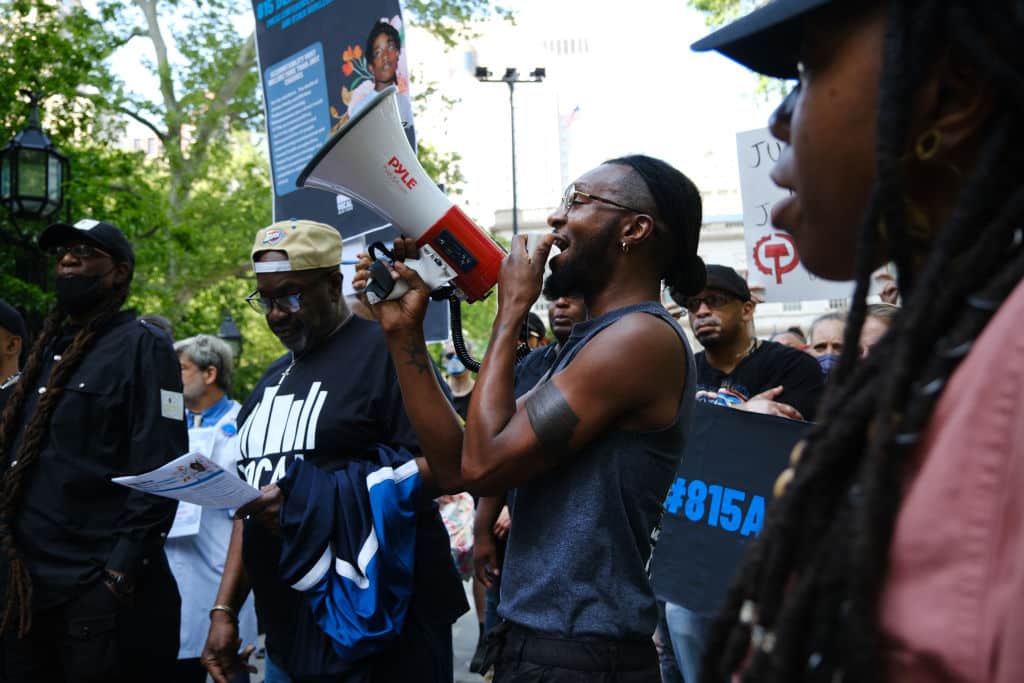 NEW YORK, NEW YORK – MAY 11: People attend a vigil at City Hall Park for Jordan Neely, who was fatally choked on a subway by a fellow passenger ten days ago, on May 11, 2023 in New York City. The 24-year-old former Marine, Daniel Penny, who was seen on video putting Neely in a chokehold on the floor of an F train in Manhattan, is expected to be charged and surrender on Friday. (Photo by Spencer Platt/Getty Images)
NEW YORK, NEW YORK – MAY 11: People attend a vigil at City Hall Park for Jordan Neely, who was fatally choked on a subway by a fellow passenger ten days ago, on May 11, 2023 in New York City. The 24-year-old former Marine, Daniel Penny, who was seen on video putting Neely in a chokehold on the floor of an F train in Manhattan, is expected to be charged and surrender on Friday. (Photo by Spencer Platt/Getty Images) New York City has always been a metropolis of menace. The Irish gangs of Five Points, the Italian and Odessa Mafioso, the Chinese Triads, the Son of Sam.
Those of a certain age can still recall that blighted urban era of 1960s and 1970s. Entering Central Park—at specific times, and at several entry points—was a high-risk venture. Neighborhoods and areas that would one day become fashionably hip—SoHo, Alphabet City, Tribeca, the East Village, the Lower East Side, Williamsburg, even Times Square—were unfailingly avoided at all cost.
All those gargoyles only added to its ominous nature. New York has been, for its entire history, a touchstone of cosmopolitan contradiction—museums competed with murder; the Great White Way was a diversion for the darker, seedier side of its bordering neighborhoods: the genuine “West Side Story,” the aptly named Hell’s Kitchen, the very crowded “Naked City.”
For many years there was little fondness for the Big Apple. Rotting from fiscal irresponsibility, police corruption, transit and sanitation strikes, electricity black outs, swelling homelessness, a rioting Harlem and a burning Bronx, and increasingly bold acts of criminality that permeated American culture and were immortalized in such films as, “The French Connection,” “Taxi Driver,” “The Warriors,” “Serpico,” “Escape from New York,” “Boardwalk,” “Fort Apache The Bronx,” “Mean Streets” and “Death Wish.”
These movies so convincingly torpedoed tourism that the city had to mount an ad campaign, “I Love New York,” in hopes of stemming the exodus of the middle-class.
And then, suddenly, the most improbable thing occurred: After 200 years of flashing the Bat-Signal in Gotham, the city that never sleeps because it was too dangerous to doze off, became enthrallingly livable. What followed was two nostalgic decades of relative calm—from the mid-1990s until shortly before the pandemic—when outlaws seemingly went elsewhere, and the city streets convinced everyone to finally let their guards down.
Infamously known as the “broken windows,” zero tolerance theory of policing, with its “stop-and-frisk” namesake and racial profiling afterthought, crime plummeted and the homeless disappeared. New York City was fast getting the reputation as a civilized and tranquil place to live. Times Square, bizarrely, turned into a flashy and tourist-friendly Disneyland.
Those days are now gone, and may never return. The progressive agenda of the Democratic Party, emboldened by the Black Lives Matter movement with its “defund the police” mantra, has as its focus not law enforcement but criminal justice reform. One such reform, unspoken but informally implemented, is that prosecutors will do their utmost to keep persons of color out of prison.
The unsurprising result of this naïve ideal was swift and bitter: Being soft on crime only leads to more and harder crimes.
New York is now coping with mass looting and petty larcenies that are becoming consequential, the deliberate terrorizing of Hasidic Jews and Asian-Americans, and the old dangers of mass transit resurfacing from subways.
It took a while, but New York finally has its very own George Floyd moment. A mentally impaired Black homeless man, Jordan Neely, exhibited threatening behavior in a subway and possessed a rap sheet that revealed he was a repeat offender. A Marine veteran, Daniel Penny, who is white, placed Neely in a chokehold with fatal consequences. Penny is now being charged with second-degree manslaughter.
It doesn’t take much for a racially polarized nation to succumb to such a political powder keg. A person of color was killed by someone who is white. Had the Marine been African-American it would likely have been just another day in a combustible city. Tragic though it still may have been, it would not have qualified as a major news story or provided any reason to protest. With these racial dynamics in full view, the ghost of George Floyd will surely make a cameo appearance in this criminal trial.
It says much about race relations in America. Black-on-Black crime is a taboo subject even though it should be a public policy priority. This is where Black Lives Matter galvanizes adherents and exploits racial tensions. A homeless man’s life matters not because of who he was, or how he ended up in such desperation, but because his death was facilitated, literally, at the hands of a white person.
Yet, the circumstances of his homicide were clearly not premeditated. By all accounts, it was a case of self-defense—if not directly for Penny himself, then on behalf of his fellow commuters. Penny was not arrested at the scene. There were witnesses to interview and video footage to examine.
Charges of “systemic racism” were immediate. A decorated Marine who possessed no criminal record and is now a college student was recklessly labeled a “vigilante.”
Given this culture’s obsession with Marvel movies, doesn’t everyone already know that vigilantes leave their homes to avenge a wrong, and not to take notes in class?
Red state Republicans will be watching this case intensely as yet another blue state meltdown. If Penny is indicted (all but a certainty) and convicted of second-degree manslaughter, it will invigorate America’s culture wars even further: Children prodded to change genders; a southern border that is browning America a little more each day; the military’s recruitment of drag queens; transgender athletes trouncing women in collegiate sports; police departments demoralized and disarmed just when we need them the most.
Indeed, this latest development is the civilian equivalent of defunding the police. In a nation that already has no legal duty to rescue, why would any good Samaritan, who happens to be white, step in to abate a danger knowing that depending on the skin color of the assailant, he or she might wind up serving a 15-year prison sentence?
The police nowadays aren’t taking any chances when discharging their duties. Better to stand-down than commit a hate crime. The same will be said of those wisely risk-averse to refuse to come to the aid of anyone in trouble.
New York is unfortunately reclaiming old habits, but for different reasons. Back in the 1970s, the causes for surging crime were institutional. Nowadays, the reasons are entirely ideological.
Everyone is afraid of being called a racist. Complaining about crime is what a white privileged person is derisively expected to do. Forgoing the subway for Uber is one way to stay progressive while avoiding danger. Another is to stay home at night.
Nothing beats railing against police brutality and those murderous Marines. It’s the best way to become a liberal cliché, as a great city declines.
Thane Rosenbaum is a novelist, essayist, law professor and Distinguished University Professor at Touro University, where he directs the Forum on Life, Culture & Society. He is the legal analyst for CBS News Radio. His most recent book is titled “Saving Free Speech … From Itself.”
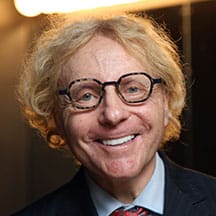








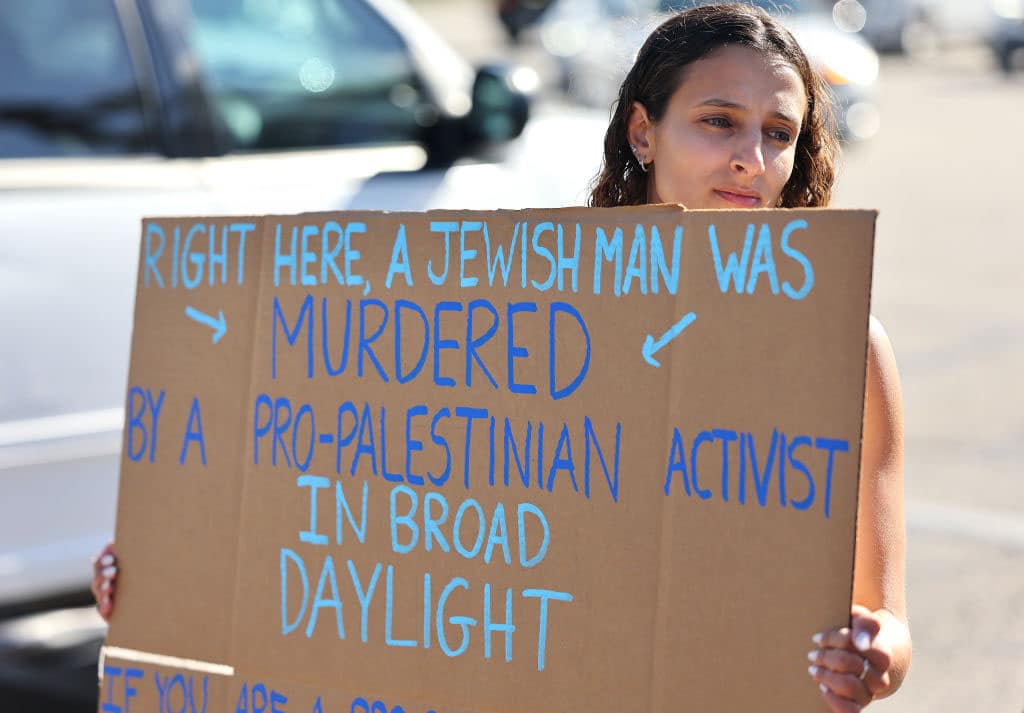



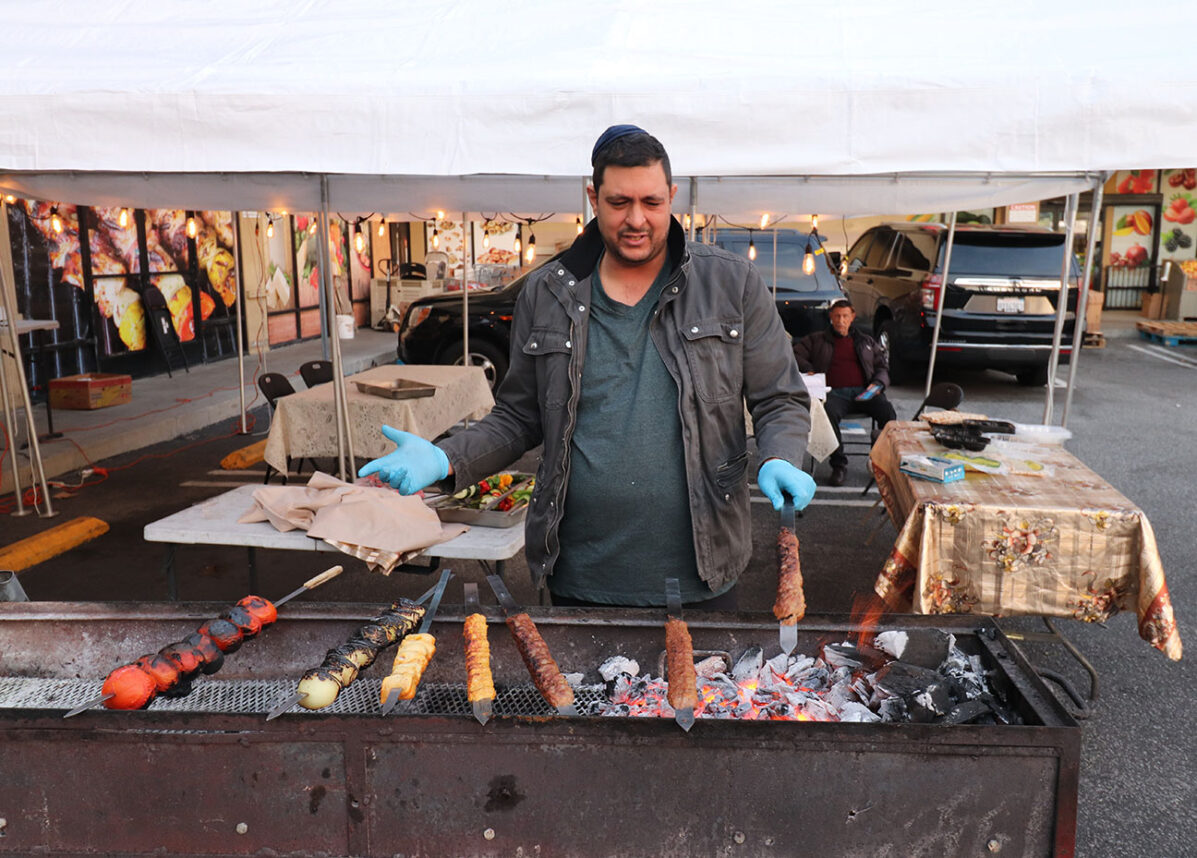
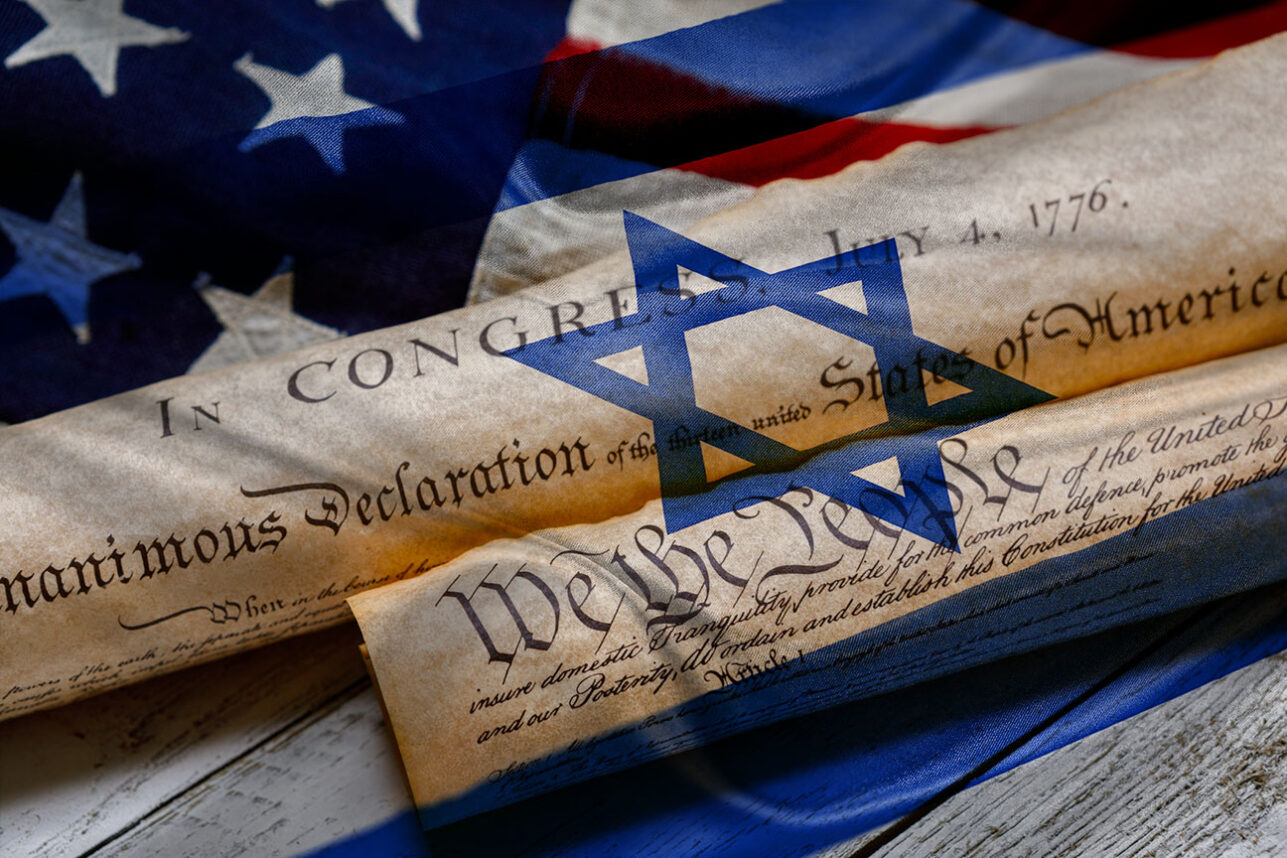
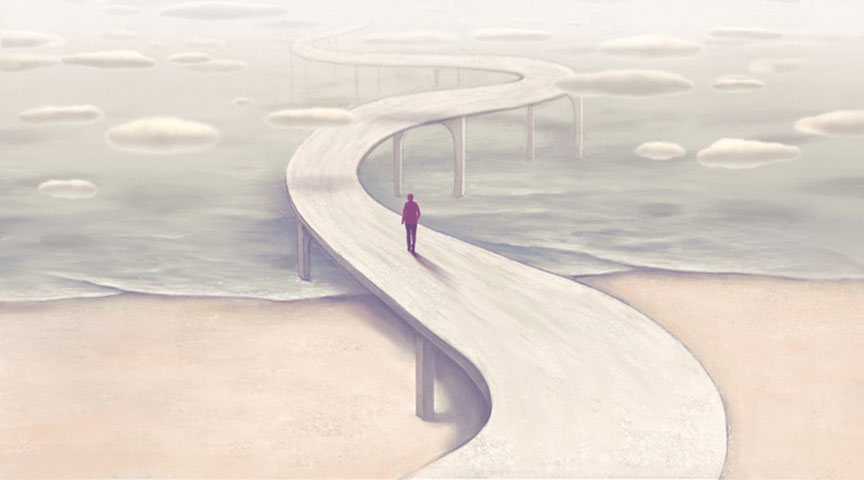







 More news and opinions than at a Shabbat dinner, right in your inbox.
More news and opinions than at a Shabbat dinner, right in your inbox.